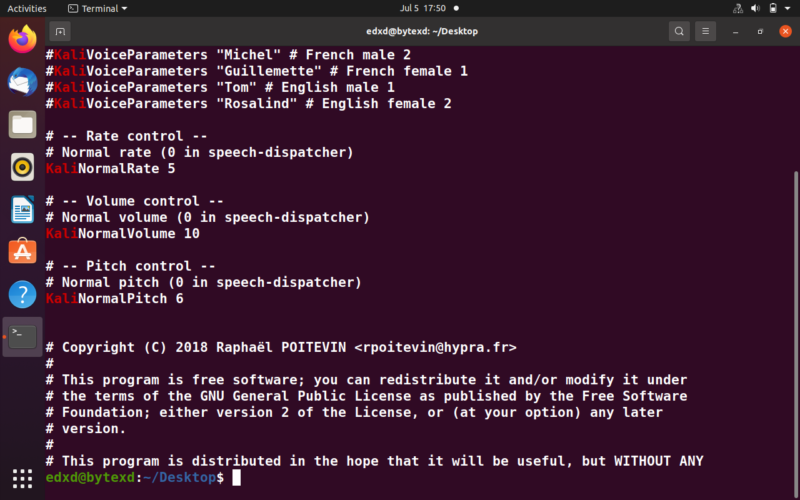
Next we pipe into the sort command which just puts every thing in order.įinally we pipe into uniq -c which counts each unique line (the file extensions) and prints out the results. The pattern is just a regex that says look for a dot followed by one or more chars that are not a dot \+, at the end of a line $.

Next we have grep -o ".\+$" the -o tells grep to only output lines that match the pattern, and only output the match. The -type f omits directories from showing up in the list. jsįirst we have find /some/dir -type f which just limits find to output all the files in the directory recursively. Grep is a powerful UNIX command that lets you search inside the file contents on a variety of parameters. What is the command to search multiple words in Linux The grep command supports regular expression pattern. This will print out a nice list like this: 5. I am constantly getting these the wrong way around and forgetting which is which. Other commands seem to prefer an uppercase R: chmod -R 755. 5 Answers Sorted by: 371 In Linux, I normally use this command to recursively grep for a particular text within a directory: grep -rni 'string' where r recursive i. txt, try passing the -include option to grep command Syntax and examples for -include option The syntax is: grep -R -include GLOB 'pattern' / path / to /dir grep -R -include '.txt' 'pattern' / path / to /dir grep -R -include '.

Here's one way to print out a list of extensions and the number of files of each type: find /some/dir -type f | grep -o ".\+$" | sort | uniq -c Some commands, such as grep, use a lowercase r to indicate recursion. Join Patreon grep -R 'pattern' /path/to/dir / To limit your search for.

What if you want a listing of all file extensions and the count of files in a directory? js to show up only at the end of the file. js anywhere in the path, so we could improve that script by using a regular expression $ character, for example: find /some/dir | grep -c '\.js$' The above would also match a file, or a directory had. The -c in grep tells it to count the matches, I'm using fgrep here because I'm not using a regex (to avoid escaping the dot). Tip: to disable all smart filtering and make ripgrep behave a bit more like classical grep, use rg -uuu. For example you want to know how many js files are in a directory, you can run this: find /some/dir | fgrep -c '.js'
Grep command linux recursive install#
openSUSE users (15.1 and later) should use the following command in their terminal: sudo zypper install ripgrep. If you use Fedora or Red Hat, tip your hat a bit while typing this command in your terminal: sudo dnf install ripgrep. But this doesnt show the files path, so if I greped the output, then I would see file permissions, but not the directory from which it originated.

Grep command linux recursive how to#
The exact way to do this depends on which shell you’re running.Back in 2004 I wrote up a blog entry showing how to get a count of files by a specific extension. Gentoo users can install ripgrep with the following command: emerge sys-apps/ripgrep. Grep will search each file and output the matching line from each. For example, to find the world hello in the files file1, file2, file3 and file4, we would run the command as follows. The variable $PATH is set by your shell every time it launches, but you can set it so that it always includes your new path with every new shell you open. Introduction This guide details the most useful grep commands for Linux / Unix systems. The grep command allows us to chain multiple files into our search by adding them at the end of the command. You’ll need to ensure ~/.cargo/bin is in your PATH. It makes it easy to get up and running by downloading a Rust project’s dependencies, compiling the project, making packages, and more. In this tutorial, we’ve covered the syntax of the grep command and learned how to: Search for a word in a file.


 0 kommentar(er)
0 kommentar(er)
